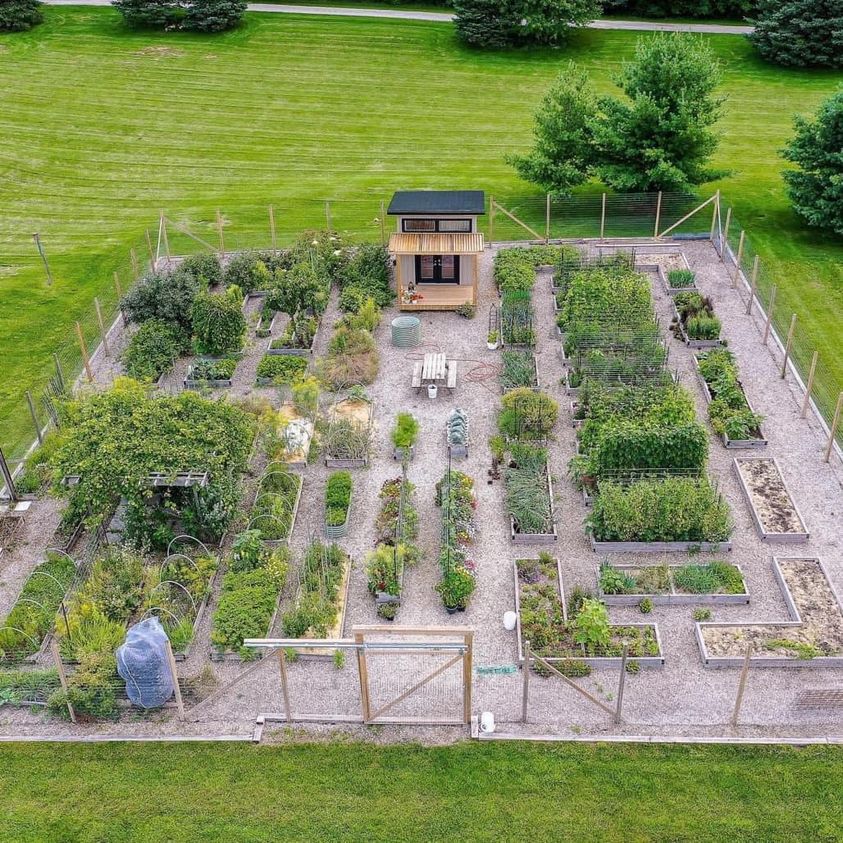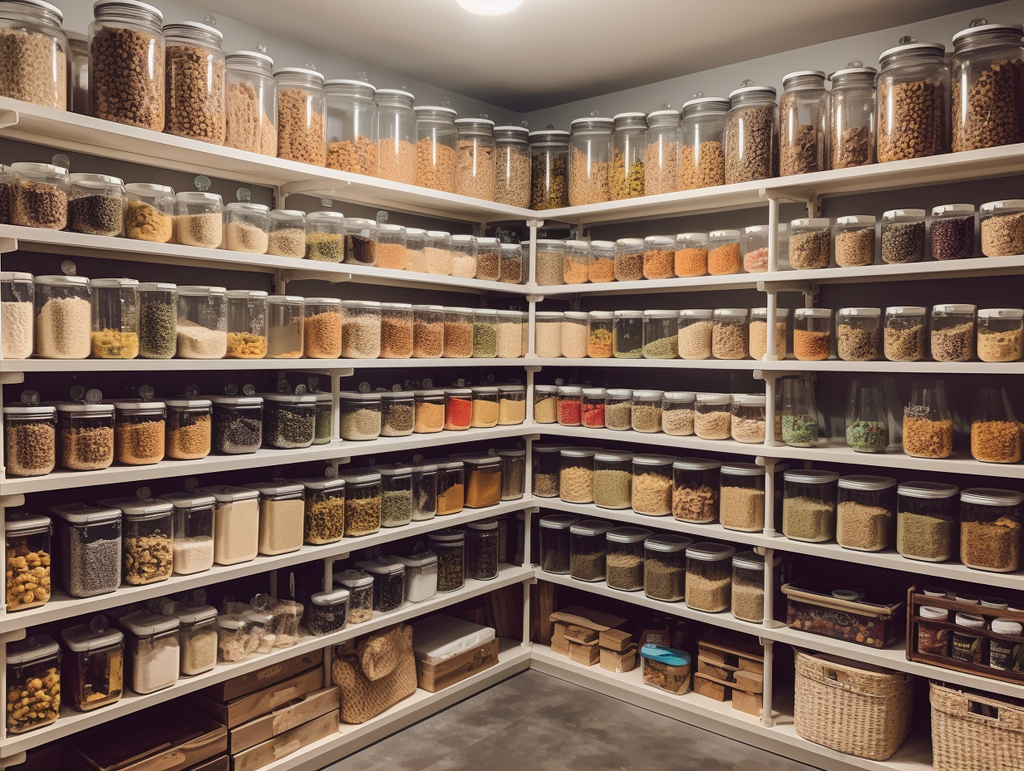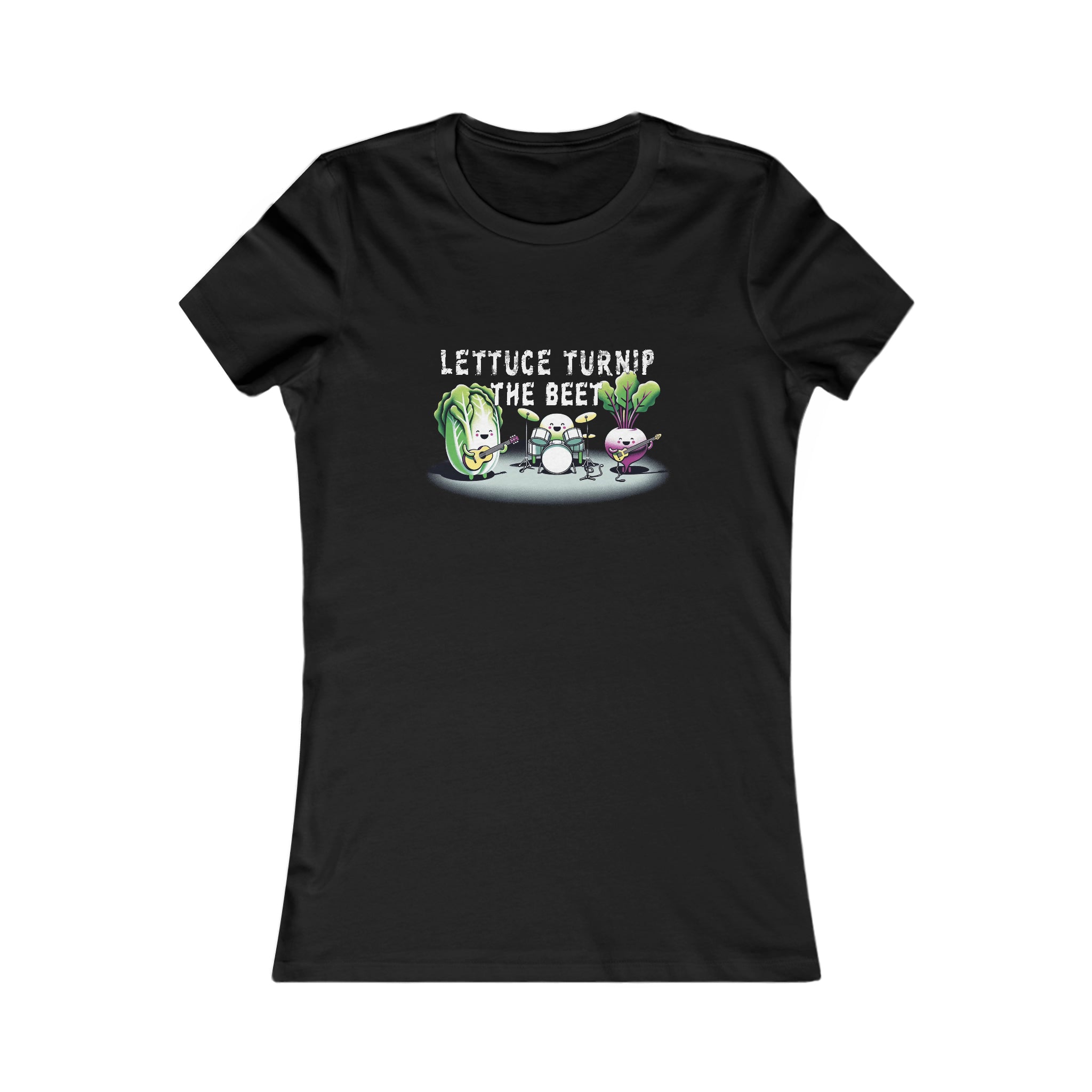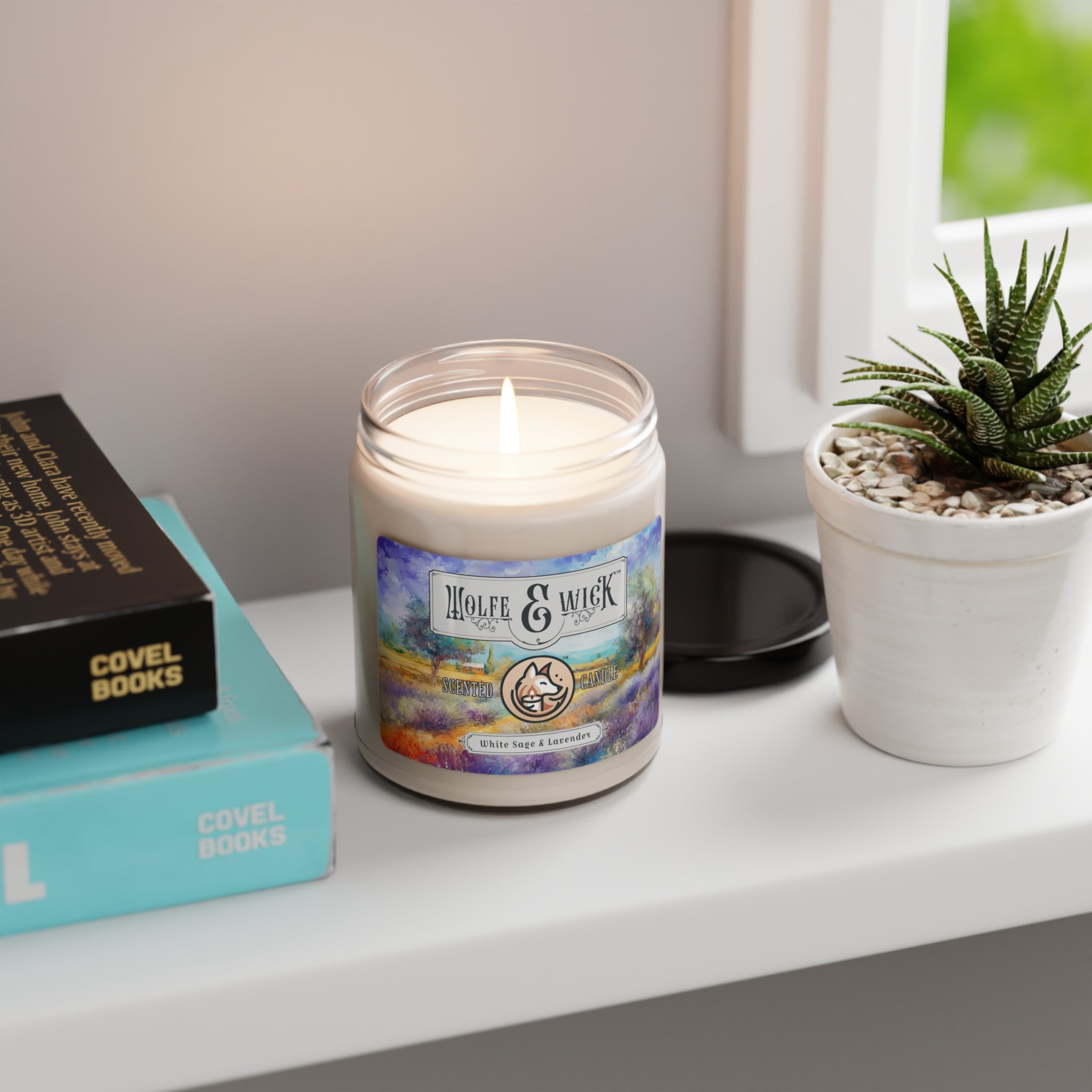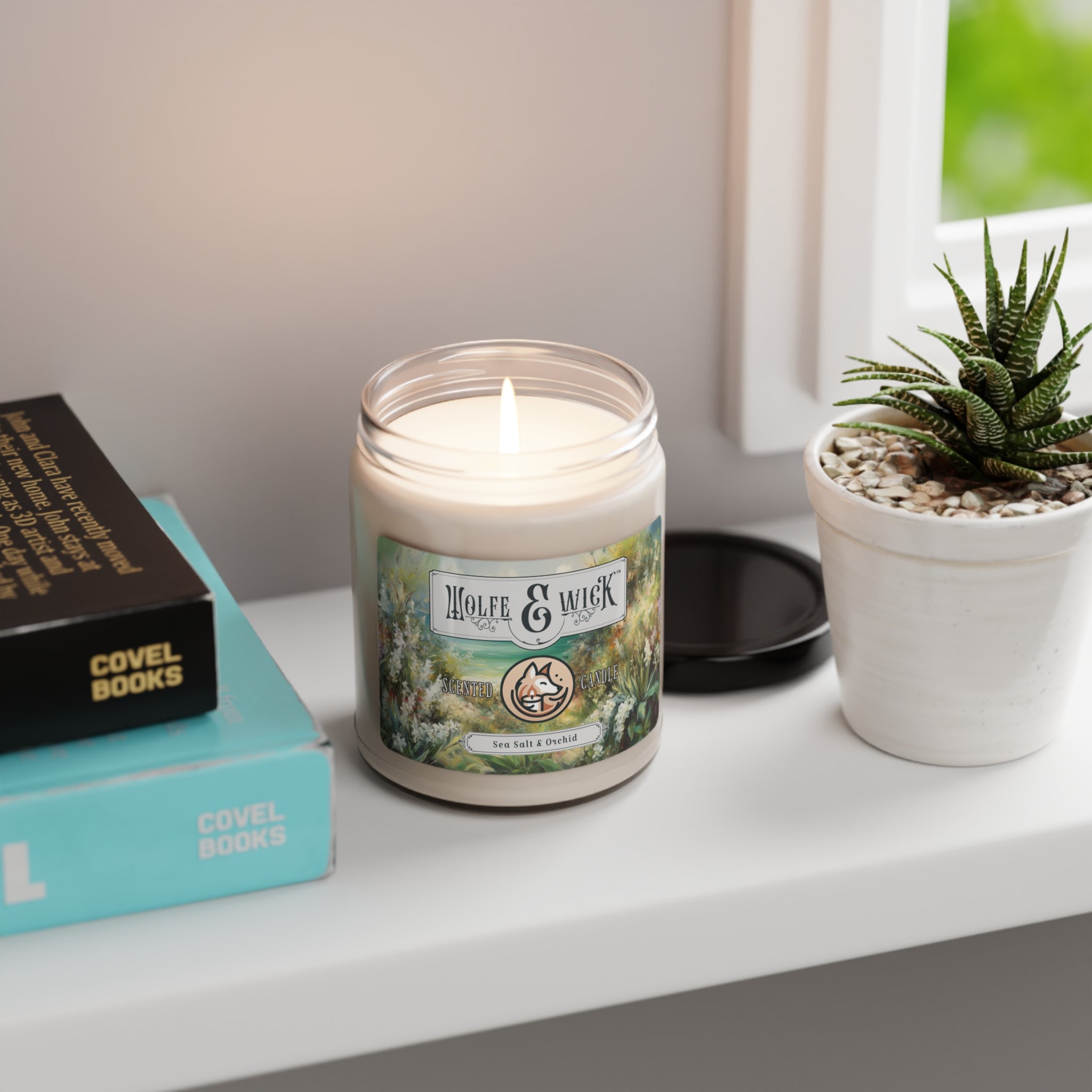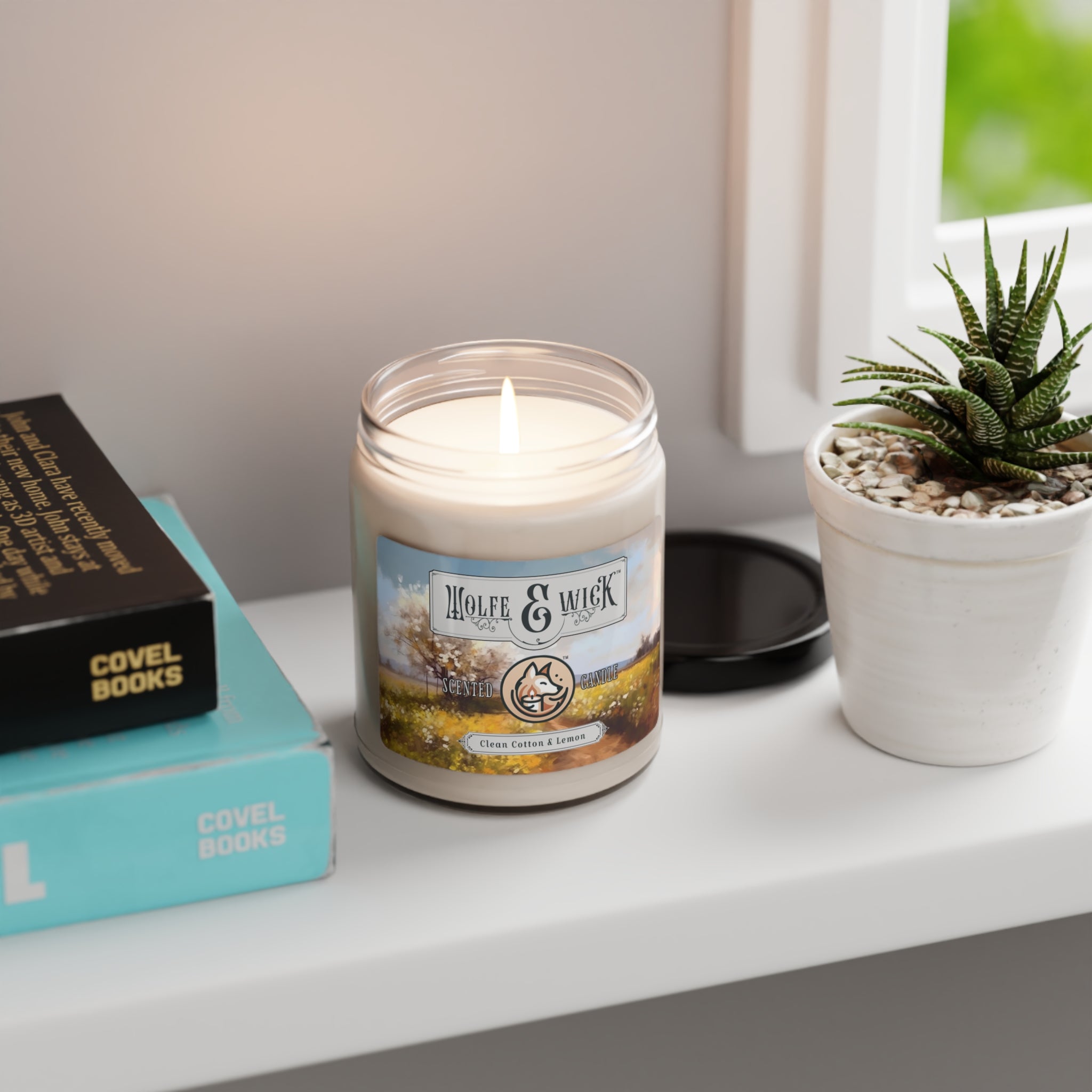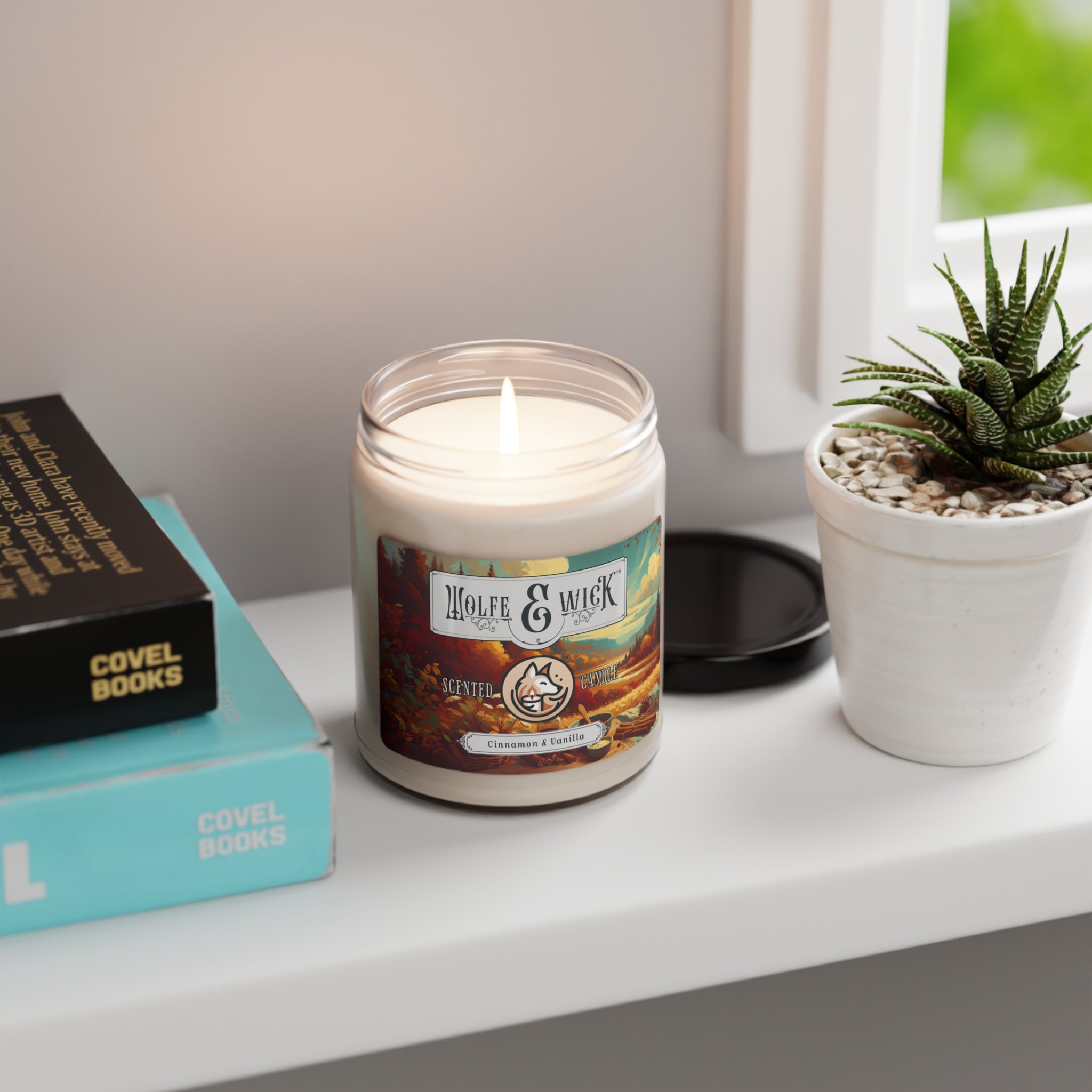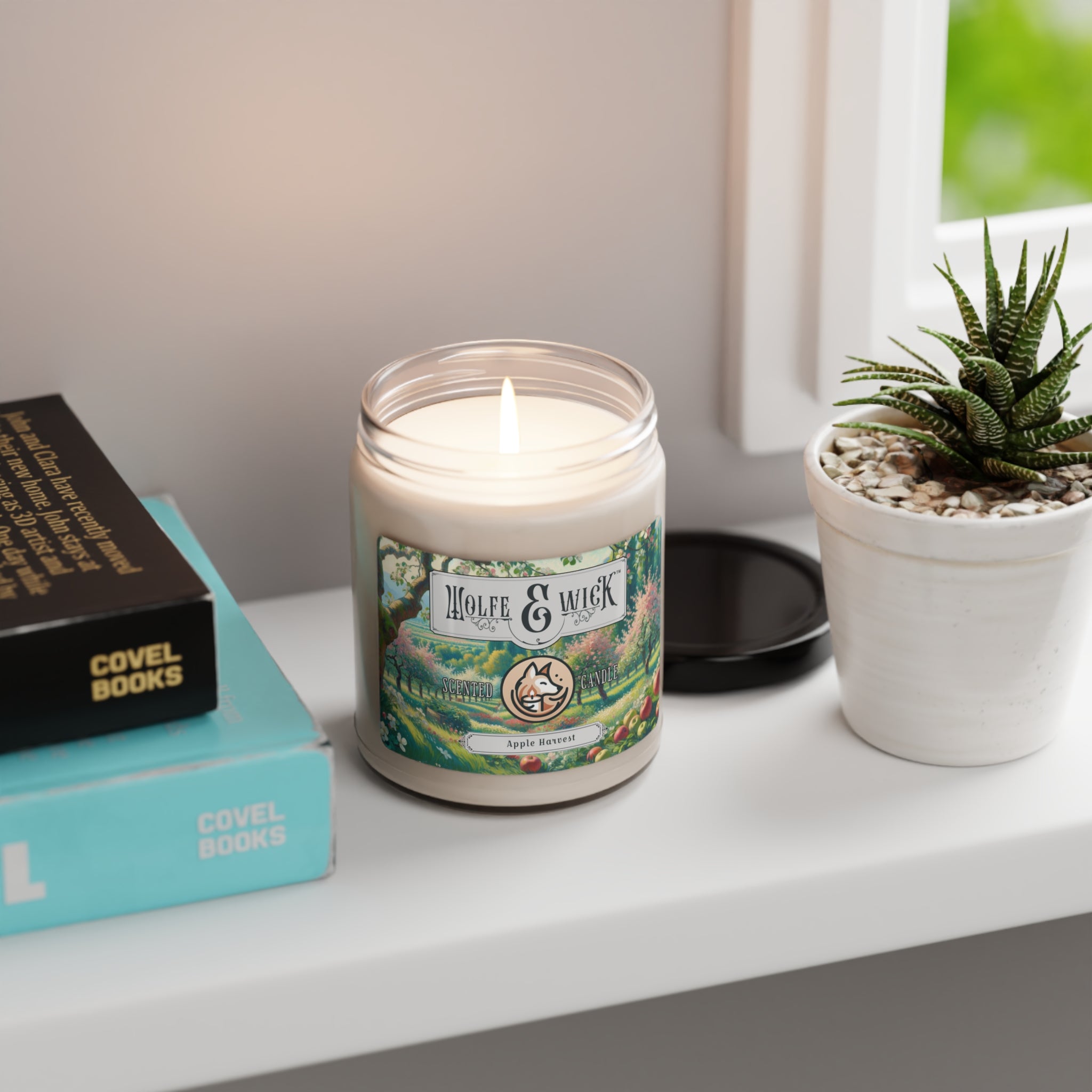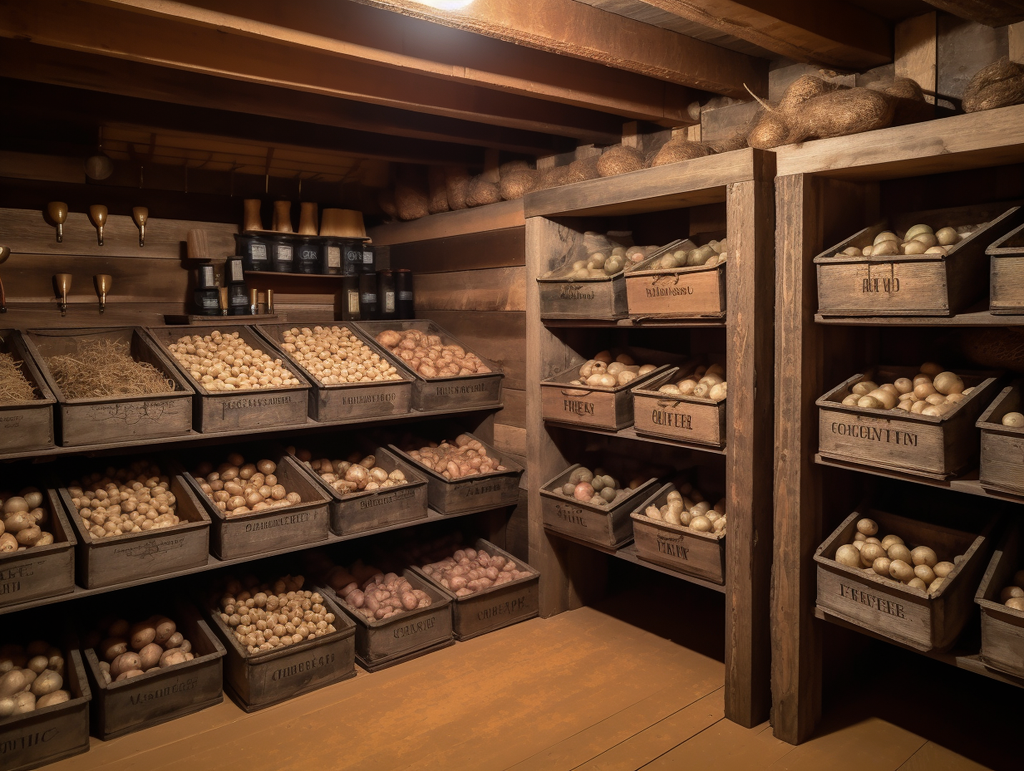
Building a Root Cellar: A Practical Guide for Storing Your Harvest

A root cellar is a traditional and eco-friendly solution for storing fruits, vegetables, and other perishable items without relying on refrigeration. By creating a cool, dark, and humid environment, a root cellar can help extend the shelf life of your harvest, reduce food waste, and save on energy costs. In this article, we'll discuss the basics of building a root cellar, the ideal conditions for storage, and tips for successful long-term preservation.
Location and Design
Choosing the right location and design for your root cellar is crucial to maintaining the proper environmental conditions:
-
Location: Look for a site with good drainage and easy access from your home. Ideally, the area should have a natural slope to allow for better ventilation and water runoff.
-
Excavation: Dig a hole large enough to accommodate your root cellar's size, considering the storage space you need and the desired depth for maintaining stable temperatures.
-
Insulation: Insulate the walls, ceiling, and floor of your root cellar to maintain a consistent temperature. Materials such as straw bales, rigid foam insulation, or earth bags can be used for insulation.
-
Ventilation: Proper ventilation is essential to control humidity levels and prevent the build-up of harmful gases. Install air vents or pipes to ensure adequate airflow.
Ideal Storage Conditions
Maintaining the right conditions inside your root cellar will help preserve your harvest for an extended period:
-
Temperature: Aim to keep the temperature between 32°F and 40°F, as this range will slow down the decomposition process while preventing freezing.
-
Humidity: Maintain a relative humidity of 85-95%, which will help prevent dehydration and keep produce fresh.
-
Darkness: Light can trigger sprouting and spoilage, so keep your root cellar dark.
Organizing and Storing Your Harvest
To make the most of your root cellar, follow these tips for organizing and storing your harvest:
-
Separate produce by type and maturity, as some fruits and vegetables give off ethylene gas, which can cause other produce to ripen and spoil more quickly.
-
Use shelves, bins, or crates to organize your produce and ensure proper air circulation.
-
Regularly inspect your stored items for signs of spoilage, and remove any affected produce immediately to prevent contamination.
Building a root cellar is a practical and environmentally friendly way to store your harvest for long-term use. By selecting an appropriate location, designing your cellar to maintain optimal temperature, humidity, and darkness, and organizing your produce effectively, you can enjoy the benefits of a traditional root cellar in your own backyard. Embrace the art of root cellaring and extend the life of your homegrown fruits and vegetables.
Keywords: root cellar, storing harvest, practical guide, location, design, ideal storage conditions, temperature, humidity, darkness, organizing, long-term preservation, sustainable living

